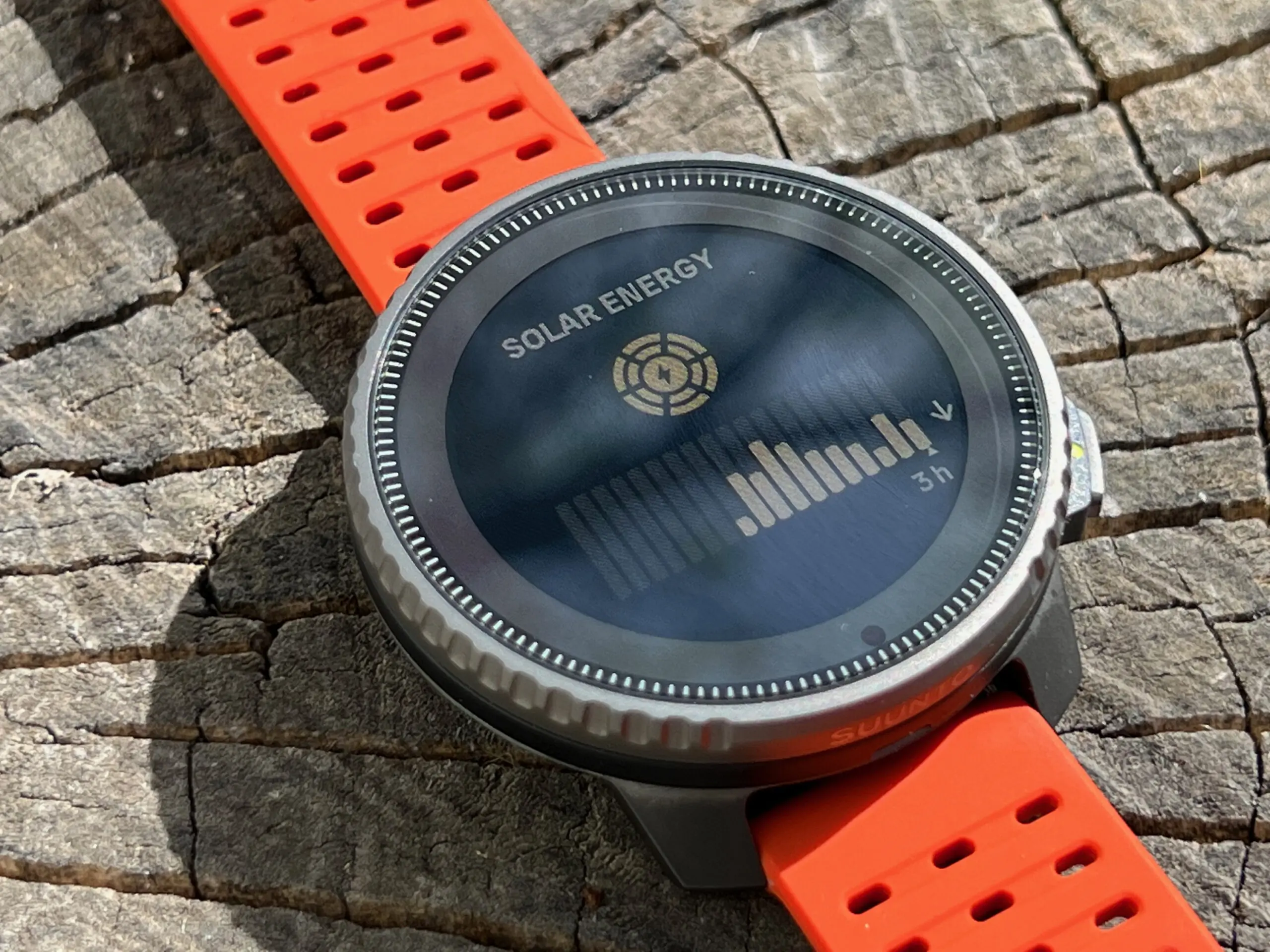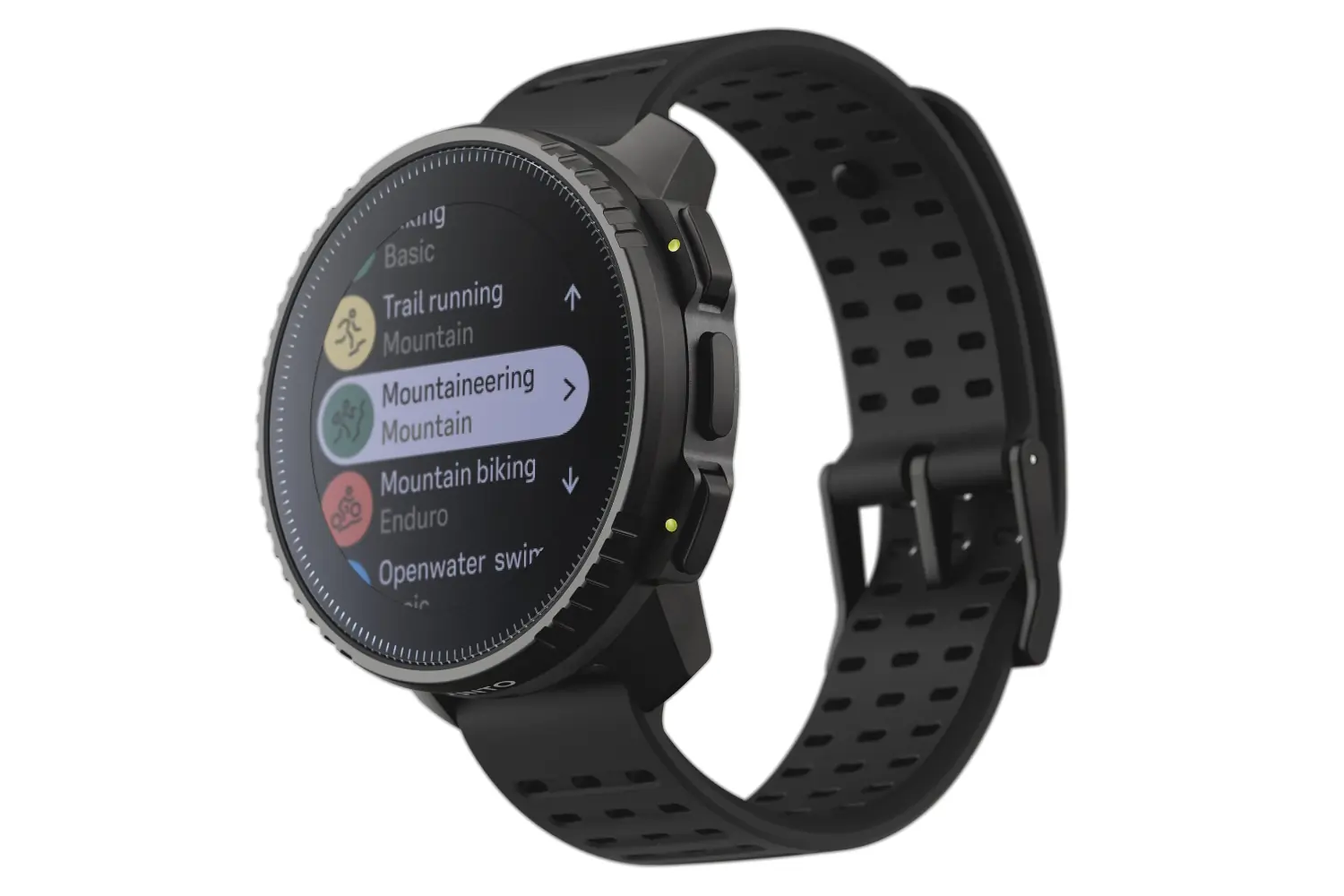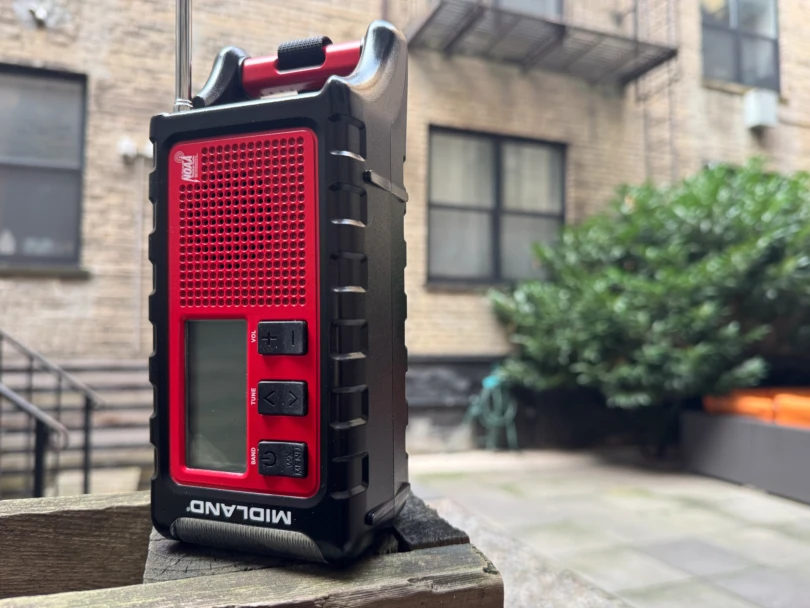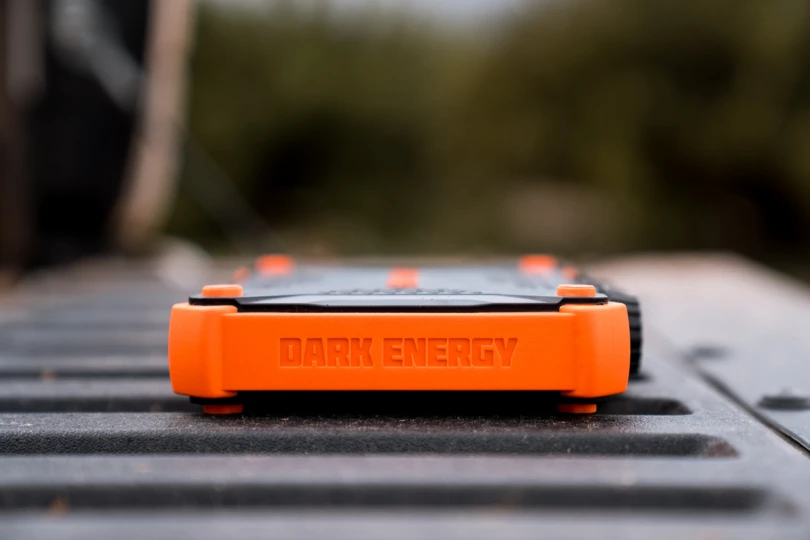Running up a Front Range trail near Lyons, Colo., I glanced at the bright face of the newly released Suunto Vertical. In hiking mode, I saw my distance and elevation traveled as well as elapsed time and actual time. A quick scroll of the face and a real-time map showed my progress up the “breadcrumbs” outlined on a route.
The info popped in the sunshine, easy to read while I moved quickly up the rocky trail.
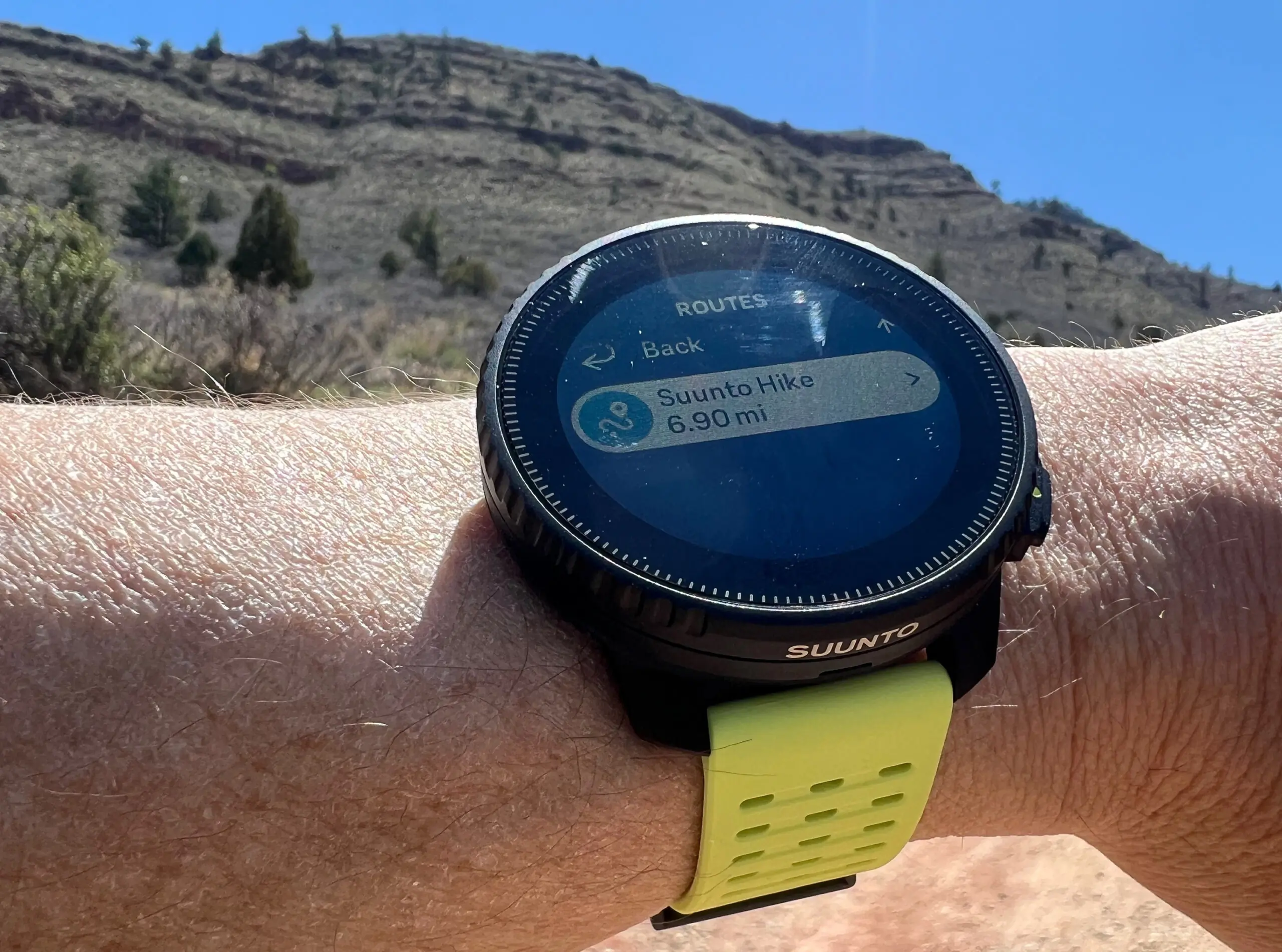
Suunto is already a big player in the adventure watch space. And with the release of the Vertical, the brand aims to take back the “do anything” smartwatch space after a few years of focus on more refined, smaller watches aimed at distance running and sports. And at first glance, the Vertical seems to be a strong contender in this admittedly busy market.
In short: The Suunto Vertical (available today for preorder on Amazon) brings a large, easy-to-read 49mm (1.4 inches) adventure watch into 2023 with solar charging, Wi-Fi connectivity, and colorful off-grid mapping. The watch can do pretty much anything you ask it to through Suunto’s worldwide selection of free, downloadable maps, 32 GB of storage, and a vast selection of optional sports modes through its app. It has an exceptional battery life. The only downside is its lack of music downloading.
- Screen size: 49 mm
- Battery life: 60 days (1 year with solar)
- Battery life (training with GPS): 60h/90h/140h/500h
- Water-resistant to: 100 m
- GPS: GSSN dual-band
- Weight: 86g/74g (titanium)
Pros
- Bright, easy-to-read screen
- Long battery life
- Solar charging (optional model)
- Offline GPS maps
Cons
- No offline music
Suunto Vertical Review
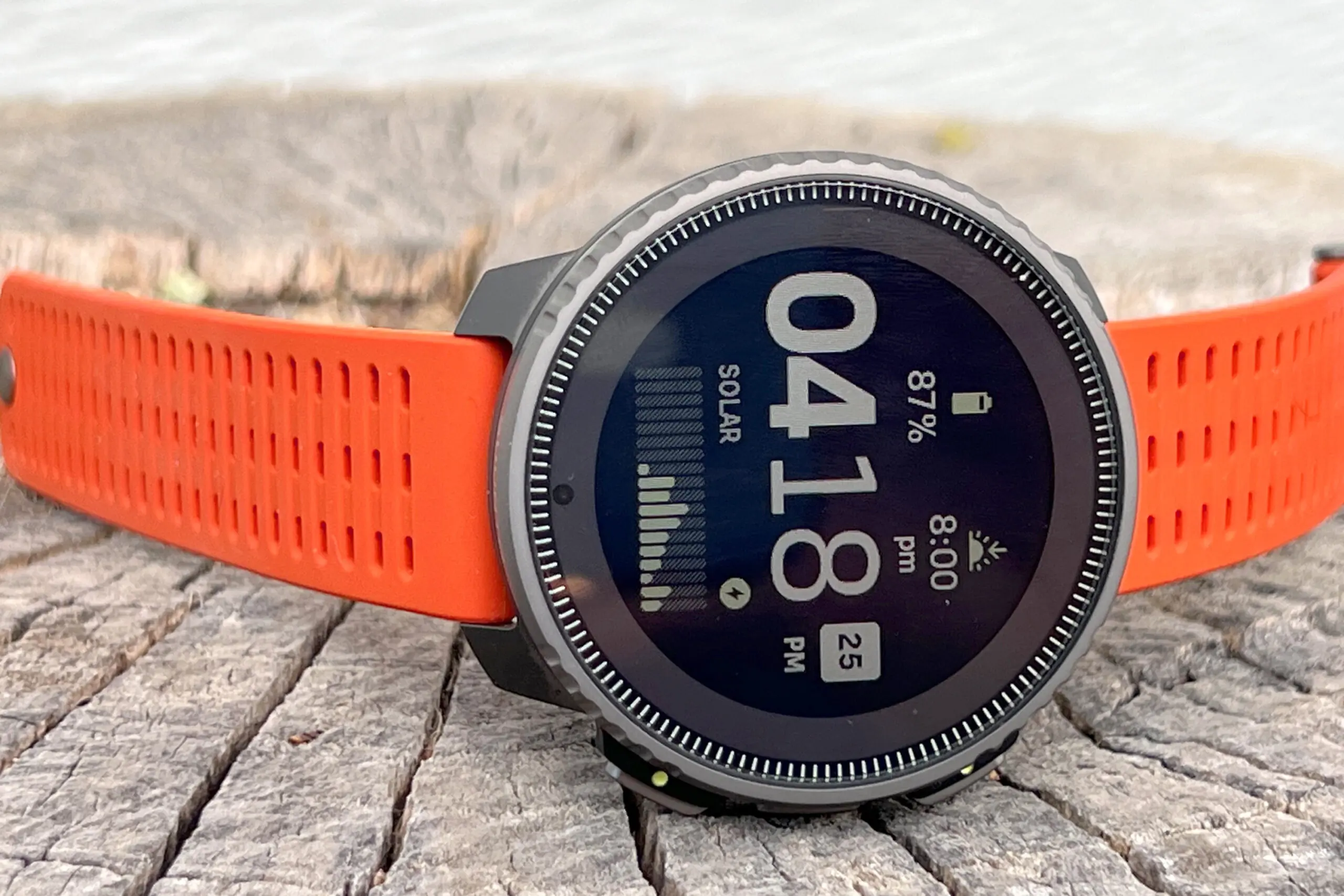
As I dive into the nitty-gritty of the Suunto Vertical review, I want to call out right away that this is a nice adventure watch. In opening the box, working through the initial setup, and strapping it on, the watch has a luxurious yet rugged feel.
The rubberized band is comfortable on the skin. And while it’s a substantial watch at 1.4 inches, it’s still light, weighing just 86 g, or 74 g in the premium titanium configuration.
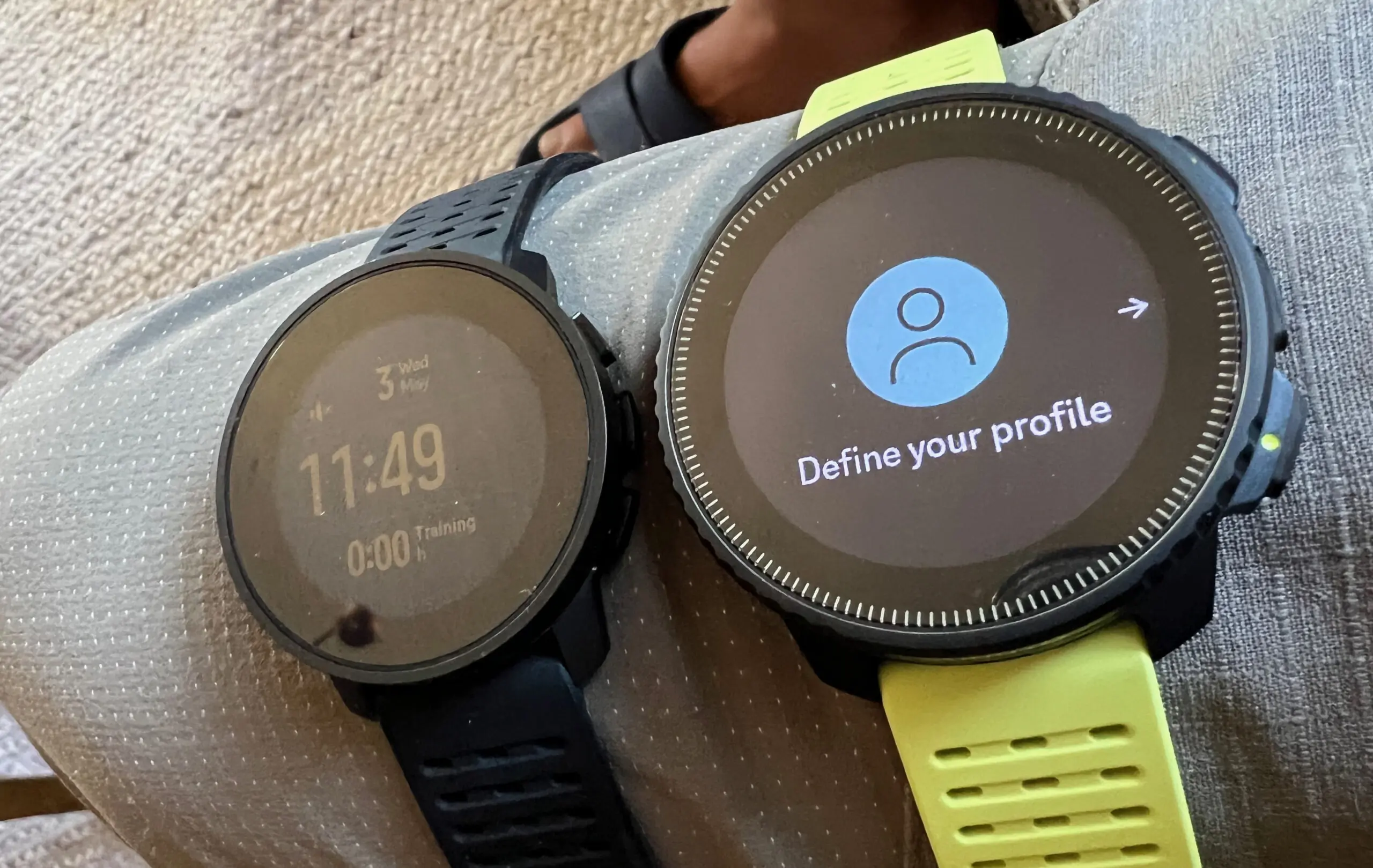



Oh, and it comes with a price tag to match, hitting the market today with four stainless steel models ($629) and four titanium models with solar charging ($839).
I tested the titanium model with solar charging for this review. That puts it squarely up against some serious competition from the best fitness watches, such as the Garmin fenix 7, which ranges from about $700 to $1,000 for the 7X Sapphire Solar Multisport edition. It also faces stiff competition from COROS, which offers similar features and performance at a similar price.
A couple of cool details about the Vertical: It’s made in Finland with 100% renewable energy and is carbon-compensated.
But how will the newest Suunto Vertical review? I hit the trail a few times to find out. This is admittedly an early review. I’ve had the demo watch for just five days at the time of writing. But my initial impressions are good, and the Vertical positions Suunto competitively against other watchmakers.
Suunto Vertical Mapping
One of the big selling points of the Vertical is its ability to store offline maps. It’s worth noting that Suunto has offered mapping in other devices but hasn’t updated this feature since the Suunto 7, which is no longer in production.
The maps are available through the Suunto app and are free to download onto the watch. The maps are available worldwide and, according to Suunto, cover basically everywhere. They offer a lot of details, including 3D maps, road surface type layers, heatmaps, and avalanche terrain maps when used in the app.
Although you can’t see all these features on the watch face, they’re useful for route planning. After the app creates a route, you can load it onto the watch for navigational purposes.
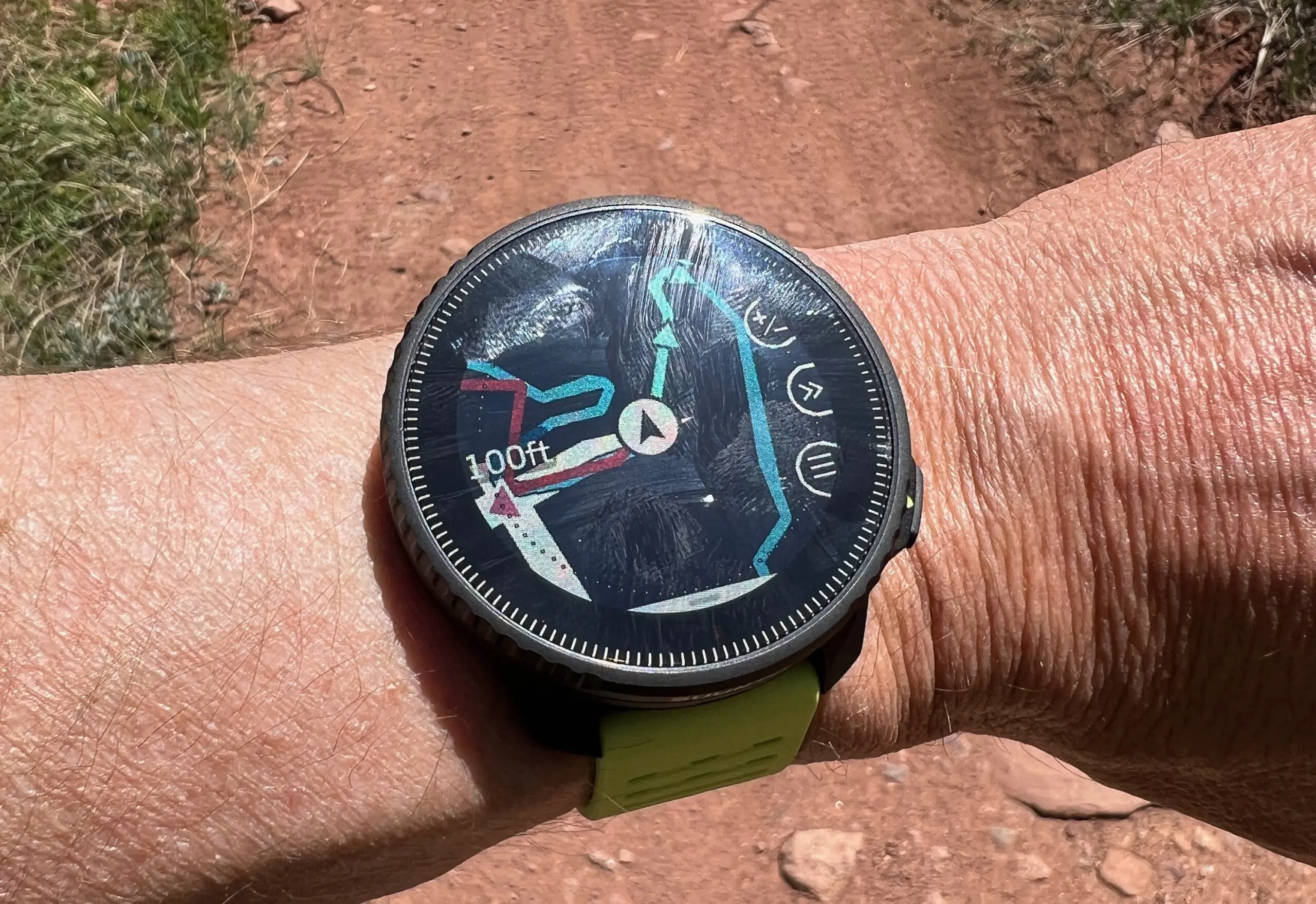



In testing, I downloaded the map for the state of Colorado. The process took a while, probably 15 minutes or so after setting up the phone. But once loaded they are accessible on the watch or other devices for route planning.
I couldn’t load a map for my first test, as I had a short time to set up the demo watch before hitting the trail with a group of writers. But I did get the route loaded quickly and was able to use that to navigate the trail.
The navigation worked very well, moving with me in real time. The watch face accurately projected the route. Following the breadcrumb route, the watch provided audible notifications for turn-by-turn routing. And when running down to return to the start with three other runners, we all noted that the watch beeped a notification that we were at the end of the route at the exact same location. In this instance, the accuracy seemed spot-on.
I also tested the map a few times while on quick runs around the city. It loaded quickly and allowed me to easily zoom in and out. Of note, the map did not list the names of city streets. I’m not sure if other details, like trail names, will be available, but so far I haven’t seen any place names on the map.
GPS, Accuracy
For many, this is a big deal for any GPS watch. And fortunately for Suunto, the Vertical is finally up to best-in-class standards. That’s because the Vertical gives users true dual-band GNSS satellite connectivity. The brand claims it connects with up to 32 satellites in the GPS, GALILEO, GLONASS, QZSS, ad BEIDOU systems over both L1 and L5 bands.
And it shows. Using the Vertical side-by-side with the COROS Apex 2 Pro, I saw nearly identical tracks, as well as very fast GPS connections when starting exercises.
I’d like to mention that, historically, I’ve had to wait a long time for Suunto devices to connect to GPS. By that, I mean nearly a minute when starting runs near my home. The Vertical, by comparison, is lightning fast, usually connecting with satellites within 10 seconds of starting an exercise.
It has clearly improved in this iteration.
In terms of accuracy, I’ve used the watch in both mountain and city environments. So far, it seems as accurate as any other watch I’ve tested. On a morning run today, I took a few little off-trail deviations to see how well the watch would fare. It looks accurate within a couple of feet, as shown in the screen grab below.
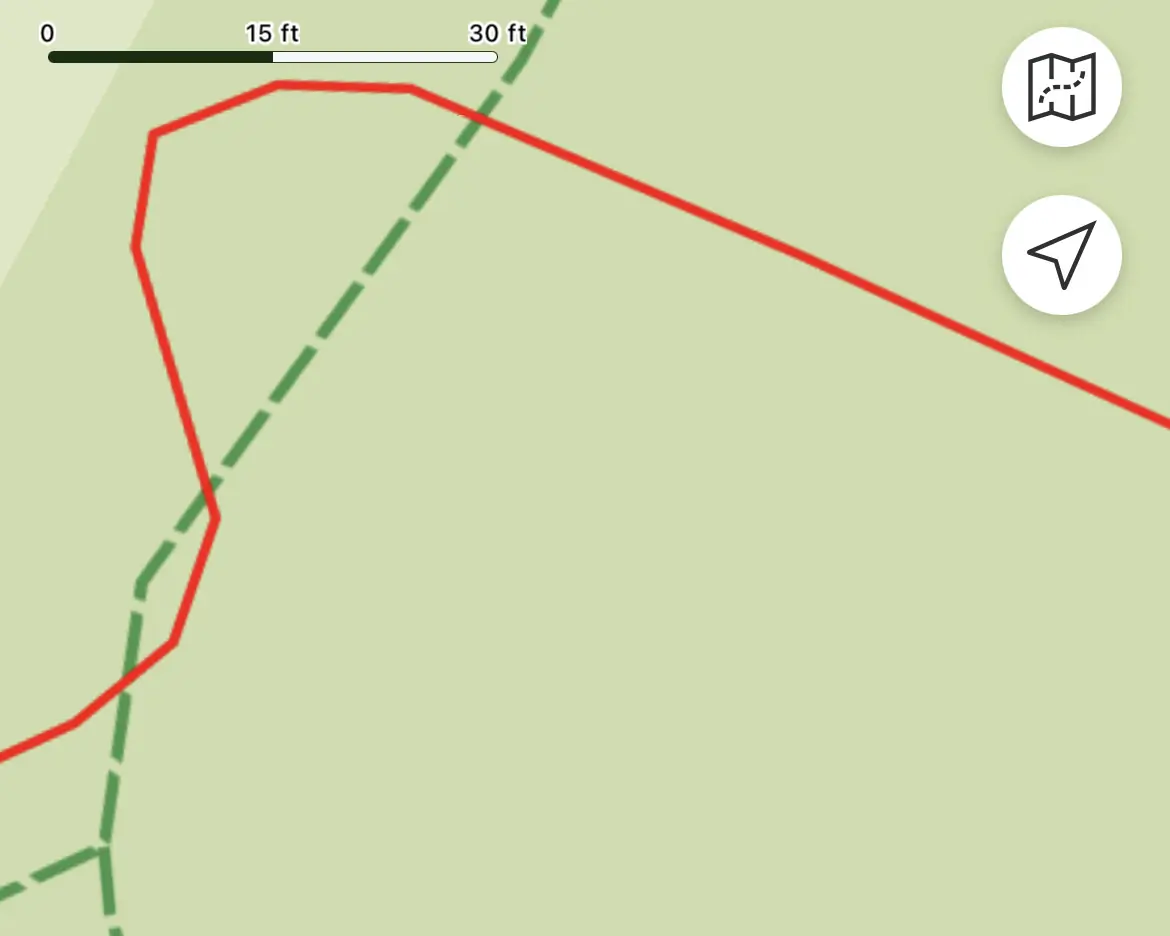



Solar Charging
This is a big selling point of the higher-model titanium watches — not available on the stainless steel base models. Is it worth the $210 upgrade for you? That probably depends on how much time you expect to be in the field, but it’s a significant step up in price.
While it’s a little tough to quantify how much solar charging extends the battery life, Suunto gives users a fun gizmo to see how much light hits the watch face. Every 10-minute interval is broken up into a visual segment on a bar chart. If you put the watch in the sun, you see the bars fill up, showing increased electricity production.
In practice, solar charging should extend the range significantly if the watch is worn or used in the sun. I haven’t gotten close to depleting the battery yet. I’ll update the battery life once I get more testing under my belt.
Of note, the titanium model that houses solar charging is also lighter than the stainless steel watch by 12 g.
Training Modes
The Suunto Vertical has more than 90 training modes through the Suunto Plus store. These cover the gamut of outdoor activities, from the basic, hardwired modes like running, hiking, climbing, and swimming to very specialist tools like “ghost runner,” “sail racer,” and “variometer.”
Among the Suunto Plus apps are tools like the Cooper Test, which helps estimate a runner’s VO2 max. Other neat tools are Marathon and Half Marathon Estimators, a Bleep Test, an anaerobic threshold test, and much more.
But one caveat: You can’t run more than one app at a time on the watch. This isn’t a huge issue for many folks, but it can be a little frustrating. For example, if you run a Marathon Estimator test, you can’t simultaneously use the standard running app. Generally, this won’t be a big deal, but just note that, for this watch, it’s one app at a time.
The Competition
At the high price of the Vertical, consumers have a few choices. There’s the Garmin fenix 7X, which comes in a few iterations. With the Garmin, users get the ability to stream music directly from the watch, no phone needed. That’s a pretty big selling point for those who like to rock earbuds on the trail. Suunto explained that, with only so much processing power, storage, and battery on board a watch, they chose to use it all for mapping, navigation, and training features.
The other big competitor is the COROS Vertix, which has very similar features and costs $700.
Finally, one can’t overlook the Apple Watch Ultra. The Apple Watch Ultra also can do everything the Vertical does, plus offline music, and can even function as a dive computer. But it comes with a big downside of dramatically less battery life and likely less durability. It also lacks an easy button interface, relying instead on the touchscreen for most needs. For me, the buttons are key, especially for sports use.
So for those who spend long days in the mountains or on trail ultras, this Apple offering isn’t really an option.
Suunto Vertical Review: Who It’s For
Suunto positions the Vertical as its do-it-all adventure watch. The marketing aims at skiers, mountaineers, paragliders, ultra runners, and hikers — you get the gist. And in many ways, it should meet the needs of those folks very well, with almost every tool available in a modern GPS packed into an easy-to-read screen with a healthy battery life.
I expect to see it regularly on trails as a competitor to the (still powerful) Suunto 9 Peak Pro, which we also reviewed. But the big difference with the Vertical is definitely the mapping capability. If that’s something you’ll use, the Vertical is a no-brainer among the Suunto line.
While there’s a crowded field in the high-end GPS watch market, the Suunto Vertical is a strong competitor. If you can get past the lack of music — which, as someone who prefers the sound of nature, I’m fine with — this watch will be a powerful tool that can give you all the data, navigation, and training tools can dream up.
I’ll keep testing it for accuracy and capability as I train for some big races this summer and in the coming winter. But at my first week of testing, it seems like a sound investment for those who want one of the best fitness watches a fairly large amount of money can buy.
The Suunto Vertical is available for preorder today on Amazon and coming soon to other retailers.
